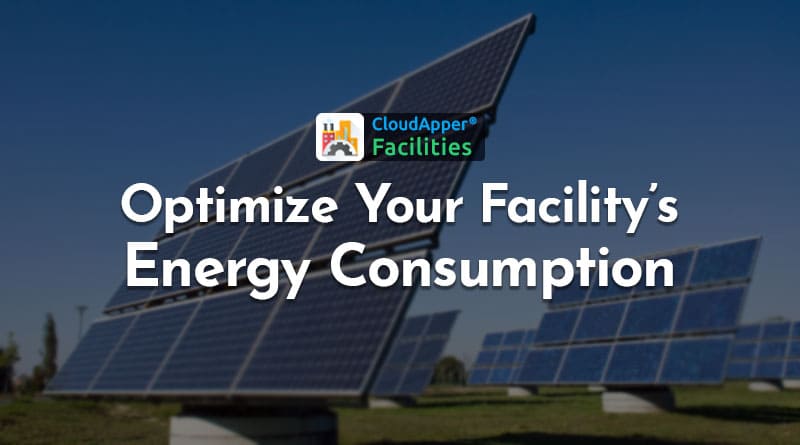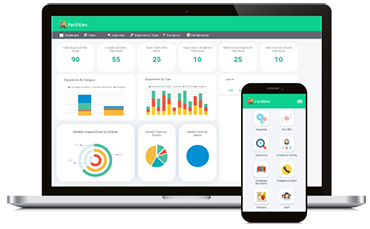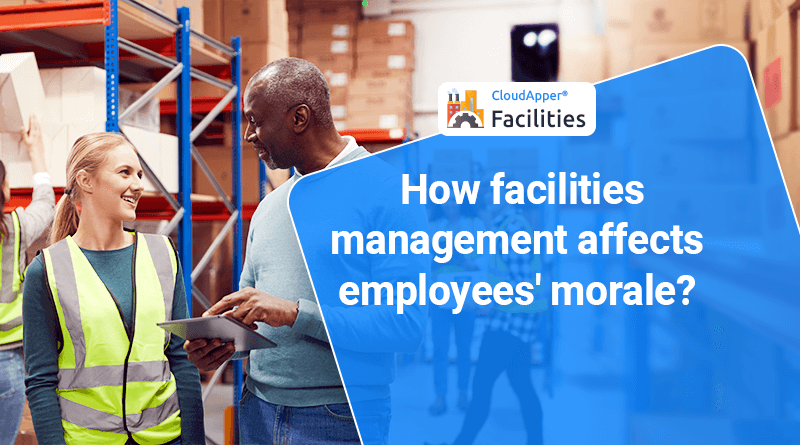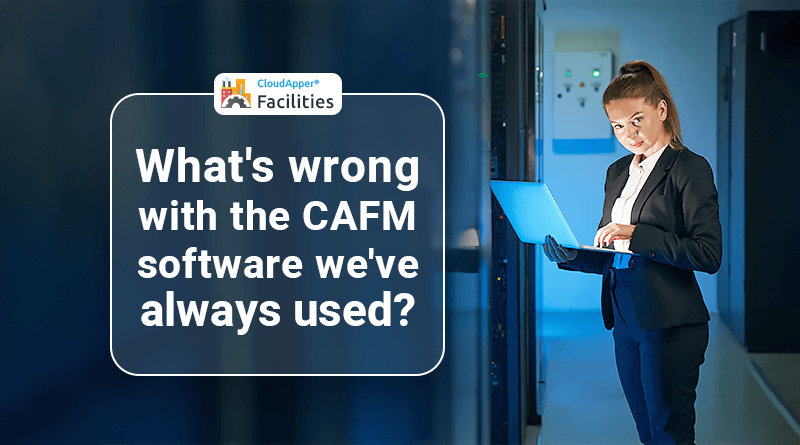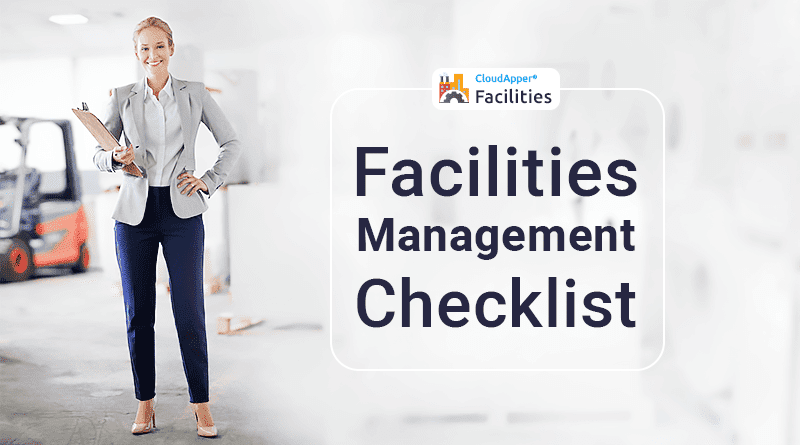Table of Contents
Energy expenditures generally represent 30% of the operating budget of a facility. That implies almost one-third of the money you spend on your plant is going to the utility bill directly. We know the appeal of green building and sustainable methods already, but can you go too green? Briefly, yes. You do not want to go so far in terms of efficiency and optimize your facility’s energy consumption that you spend too much on useless improvements.
Then how may eco-friendly harmony be achieved? Let’s consider six criteria for possible tuning-ups that you should evaluate.
1. Utilize your utility bills
The year-round analyzes of your utility use can provide you an overview of how your plant uses energy and water. The best way to assess your efficiency (or lack of it) is to review your bills over a period of 12 months, so that you may discover trends and monitor the operations of your plant over the four seasons. If you have software for facility management, you may quickly log in and analyze it.
Ask questions like:
- Are there energy spikes in some months versus others?
- Are there differences in operations during these times?
- Are there system inefficiencies?
- How is the plant being operated during these months?
Use this information to lay down a foundation this year for your energy objectives.
2. Assess the facility’s thermal envelope
The thermal envelope of your structure is essentially the external shell, which divides the structure’s conditioned interior from the outside environment everything from windows and doors to ceiling and insulated wall panels. Thermal weaknesses are one of the most frequent reasons for energy inefficiency.
Just as a minor leak can sink a large ship, an apparently modest door opening can delete a substantial amount of energy and utilities. However, an airtight envelope is not only crucial for reducing the cost of energy it prevents pollutants and prevents cross-contamination.
In the evaluation of your plant thermal envelope, various aspects must be taken into account, including:
- Air or vapor leaks
- Frosting issues
- Ceiling and wall insulation
Please bear in mind that facilities get the greatest heat from the walls and ceils so that the effectiveness of your insulation and the materials that make up the envelope of your building influence how well your mechanical systems perform, including cooling and electric efficiency.
3. Identify ways to conserve water
Food factories consume a lot of water between processing and sanitation. With rising water costs and sewerage charges, in particular, the preservation of water is more crucial than ever. Of course, tiny defects, such as water leaks or pipes that leak, are fast solutions that can go a long way. Adjusting your processing can, however, often produce some of the best outcomes.
During the sanitation process, most water losses occur. Examine your cleaning methods by using proper plant management software and seek optimization chances. Reuse wastewater treatment systems and reuse them in the facility for non-potable applications. These changes and flow limits can significantly minimize water consumption and loss during washing.
4. Save electricity through strategic placements
Consider your equipment’s position. The placement of your equipment can have a major impact on its lifespan. For instance, placing electrical equipment at production sites or adjacent areas with low safety often ends in failure at some time. Where is your equipment in regions with high washing requirements in wet processes? And what about your plant’s dry, dusty areas?
Tracking assets and equipment with layout maps can assist with facility management software. If you don’t keep your whole equipment, you could have to shut down a process line or your entire plant for a length of time.
5. Optimize your lighting
Lighting may be taken for granted sometimes. We turn them on and off each day, but the last time you read the whole plant was when? Be aware that certain fittings suit better certain regions of your facility when searching for optimization. LED is, for instance, appropriate for storage and processing areas while less expensive fluorescent is the best solution for employees’ area and packaging. Take into account the age, position, controls, and level of your light system.
In the name of energy efficiency, however, you cannot forsake security. You must meet the lighting standard of the Occupational Health and Safety Administration (OSHA). You still need to ensure that the lighting levels are met if you wish to save electricity.
6. Don’t overwork your refrigeration
Did you know that industrial cooling systems can account for up to 60% of the overall energy expenditure of a manufacturing facility? Are your refrigeration systems working at maximum capacity unnecessarily? All aspects of refrigeration equipment may affect a refrigeration system, including:
- Proper equipment selection
- Proper system setup
- Maintenance
- Strategic application of VFDs
- Correct control system programming
By improving lighting and engines, installing appropriate doors, and simplifying minimum foot transport, you can decrease the temperature of your cooling room – and therefore save energy. Do not forget to check your rooftop air-handling devices. Cooling, filtering, and dehumidifying outside air is expensive, therefore don’t overwork your systems.
Evaluating all these facets can be overwhelming throughout your facility and it can help with the right management software. The CloudApper facilities App is a highly tailored solution that can help you discover opportunities for facility optimization to save money, mitigate risks, improve ROI and build your business.
What is CloudApper AI Platform?
CloudApper AI is an advanced platform that enables organizations to integrate AI into their existing enterprise systems effortlessly, without the need for technical expertise, costly development, or upgrading the underlying infrastructure. By transforming legacy systems into AI-capable solutions, CloudApper allows companies to harness the power of Generative AI quickly and efficiently. This approach has been successfully implemented with leading systems like UKG, Workday, Oracle, Paradox, Amazon AWS Bedrock and can be applied across various industries, helping businesses enhance productivity, automate processes, and gain deeper insights without the usual complexities. With CloudApper AI, you can start experiencing the transformative benefits of AI today. Learn More
